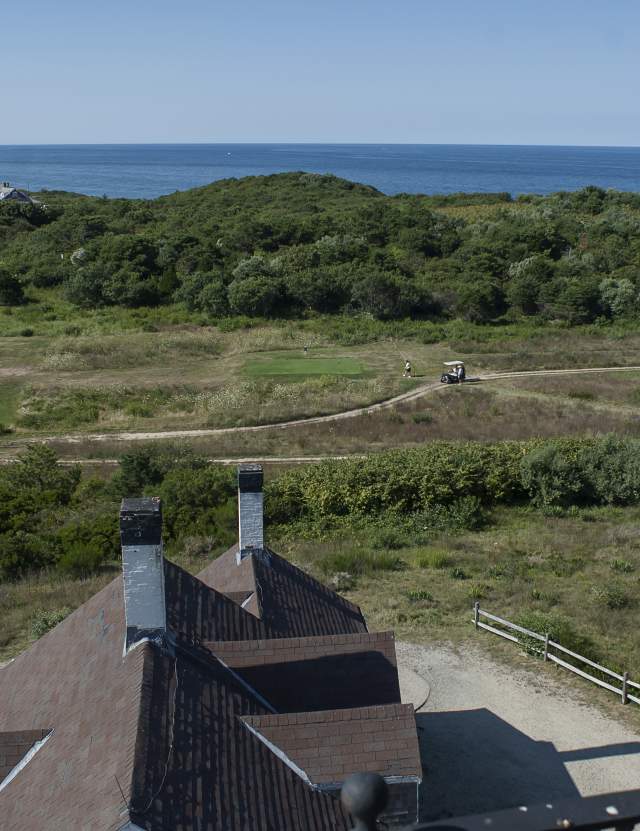Save Your Favorite Listings, Events, and Offers Here
Your browser is not supported for this experience.
We recommend using Chrome, Firefox, Edge, or Safari.
Truro, Cape Cod
Truro has fewer residents now than it did in 1840—when Pamet Harbor was a whaling and shipbuilding port—which is possibly one of the best reasons to go there.
Beyond beautiful homes built into the hills and a narrow strip of tiny cottages and motels, there is little real commercial development here - it is more a sleepy and rural world of moors, hills, valleys and rivers with homes hidden amongst the trees. A handful of gourmet markets, restaurants, cafes, and galleries make up the town’s commerce.
This bucolic village qualifies as the Cape’s ‘sleepiest’ community. Writers, artists, politicos and those seeking a simpler life are wont to vacation and live here. American art icon Edward Hopper—who found the Cape’s light ideal for his brand of austere realism— summered, hermit-like, in South Truro for over 40 years in near total contentment.
While many are drawn by this relative isolation, they can be comforted by the fact that lively Provincetown is just a short drive away. To some, it is Truro which comes closest to the nostalgic ‘old Cape Cod.’ Mile for mile, it has more scenic backroads than the other Cape towns—and they are all conveniently located off Route 6.
Truro’s incredible natural gifts—high dunes, estuaries, rolling moors, rivers fringed by grasses—make it a one-of-a-kind place even among a peninsula chocked with uniqueness. It was blessed with some of the Cape’s all-time great waterfront—both bay and ocean—and undeveloped forests. Most of the town’s land—70%—lies within the Cape Cod National Seashore.
Its stunning natural backdrop continues to inspire artists today. Truro Center for the Arts at Castle Hill, nestled right in the Truro dunes, is a world class non-profit arts center offering workshops in painting, ceramics, sculpture, printmaking, writing and photography.
Nature trails with stunning vistas abound in Truro. The two-mile Head of the Meadow Trail is an idyllic venue for cycling between the dunes and the salt marshes from the beach parking lot to High Head Road. It is also a great spot for bird lovers. The Cranberry Bog Trail is a short, half-mile trail that provides a scenic overview of the knob-and-kettle landscape that gave rise to the cranberry industry on the Outer Cape in the 19th century. And Pilgrim Spring Trail and Small Swamp Trail both commence at the Cape Cod National Seashore parking lot east of Pilgrim Lake. Each of these ¾-mile trails overlooks Salt Meadow, a freshwater marsh whose denizens include osprey and hawks (bring binoculars).
Cape Cod Light, also known as Highland Light, is the oldest of the four active Cape Cod lighthouses and the first one seen by mariners approaching Boston. It is the most powerful lighthouse—lit by two 1,000 watt bulbs reflected by a huge Fresnel lens—on the New England coast. On the premises is the Highland House Museum, a restored hotel/inn built at the turn of the century, which houses maritime and agricultural exhibits and artifacts dating back to the arrival of the Pilgrims.
Truro is also home to the Cape’s oldest winery. Located on five acres of farmland, Truro Vineyards produces wine with intense flavor and lush varietal character. A tasting room and gift shop are located in a carefully restored 1830s farmhouse, and tours and a food truck are offered in season.
Find more information on Truro through the Truro Chamber of Commerce.
